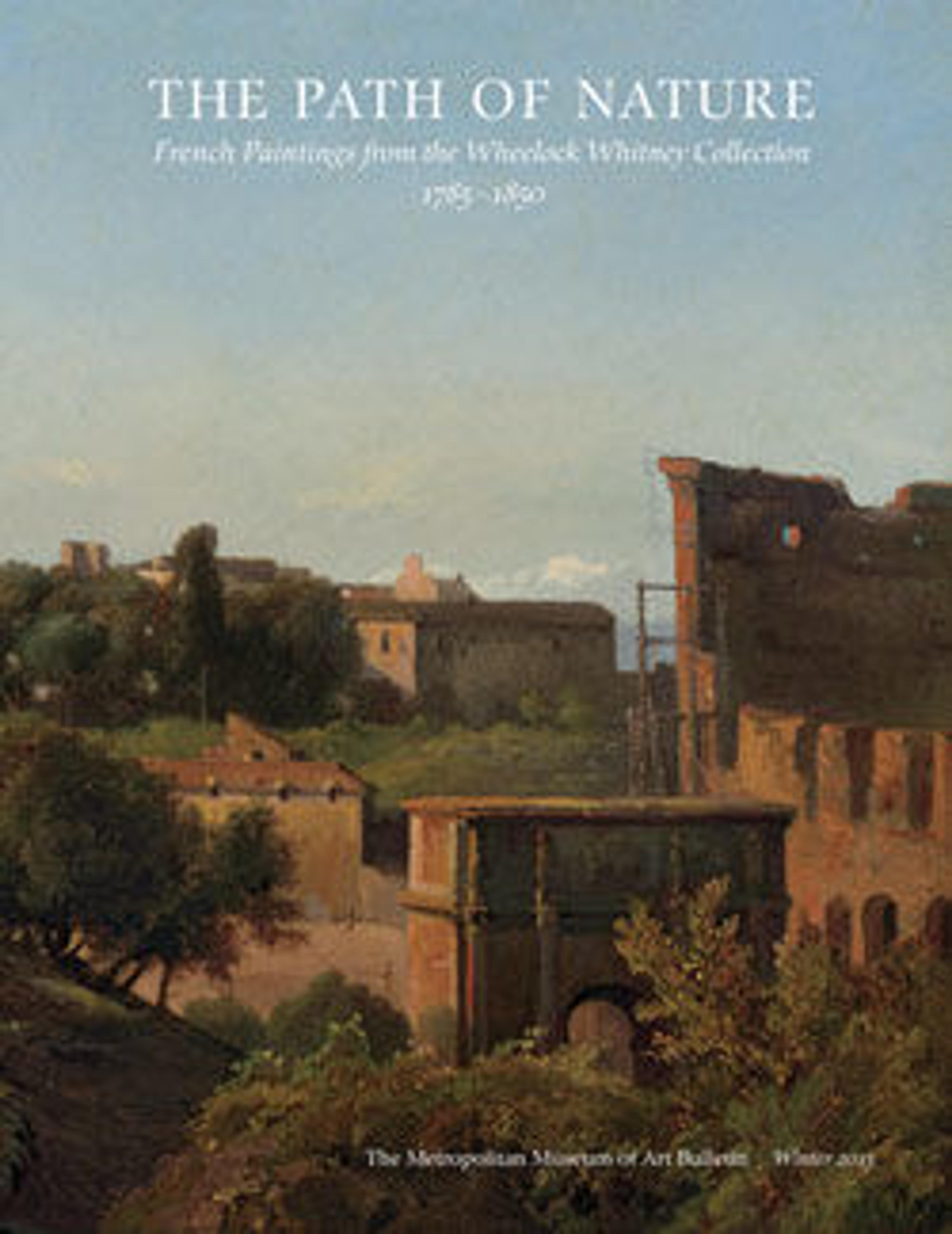The Gate to the Temple of Luxor
The obelisk depicted here belonged to a pair that was split up when its mate was sent from Egypt to Paris in 1831. In October 1836, when this sketch was painted at Luxor, the "missing" obelisk was being raised at the center of the Place de la Concorde, where it remains today. Between 1827 and 1870, La Bouëre regularly exhibited landscapes at the Paris Salons that reflect his far-flung travels.
Artwork Details
- Title: The Gate to the Temple of Luxor
- Artist: Antoine-Xavier-Gabriel de Gazeau, comte de La Bouëre (French, Jallais 1801–1881 Grenoble)
- Date: 1836
- Medium: Oil on paper, laid down on canvas
- Dimensions: 10 5/8 x 7 3/8 in. (27 x 18.8 cm)
- Classification: Paintings
- Credit Line: The Whitney Collection, Promised Gift of Wheelock Whitney III, and Purchase, Gift of Mr. and Mrs. Charles S. McVeigh, by exchange, 2003
- Object Number: 2003.42.37
- Curatorial Department: European Paintings
More Artwork
Research Resources
The Met provides unparalleled resources for research and welcomes an international community of students and scholars. The Met's Open Access API is where creators and researchers can connect to the The Met collection. Open Access data and public domain images are available for unrestricted commercial and noncommercial use without permission or fee.
To request images under copyright and other restrictions, please use this Image Request form.
Feedback
We continue to research and examine historical and cultural context for objects in The Met collection. If you have comments or questions about this object record, please contact us using the form below. The Museum looks forward to receiving your comments.
